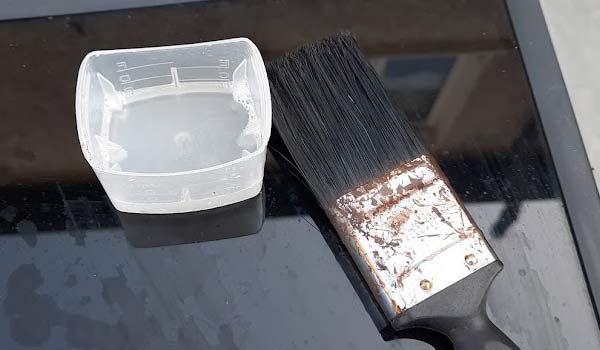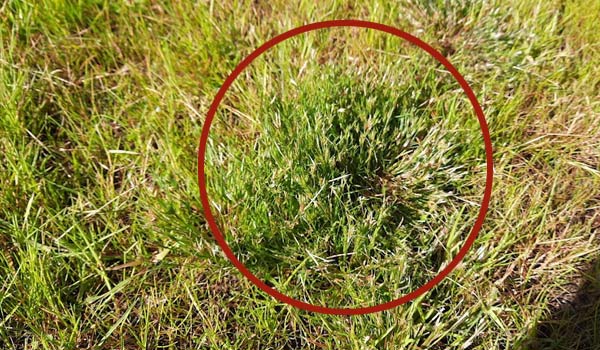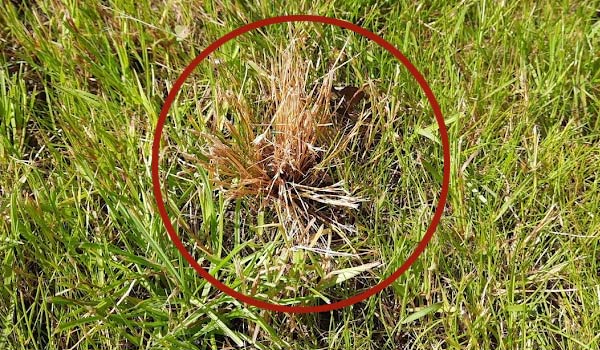In this guide, we are going to show you how to remove fescue grass from your lawn without doing a full reset.
Fescue grass will often appear on your lawn in clumps. These clumps can look unsightly. Furthermore, they will usually grow at a much faster rate than the rest of your lawn.
The problem with fescue is that many species of the grass have deep roots. As a result, it can be difficult to pull them out by hand.
Spraying the entire lawn with a herbicide is also out of the question. This is because any chemical that kills fescue will also kill other types of grass.
Therefore, we need to be smart about it.
How big is your lawn?
If you have a large lawn with fescue all over it, a full reset may be the only option.
However, if you believe that the problem is relatively manageable by hand, then you can use our method below.
Apply glyphosate to the fescue grass by hand using a small paint brush.
Glyphosate is a herbicide that will kill fescue. The ingredient is present in weedkiller products such as Roundup.
However, spraying Roundup on a lawn can be risky.
A slight breeze or a miscalculated spray can result in large patches of “good” grass being killed.
To avoid this, you will need to be far more precise in how you apply it.
In our case, we got an old paint brush and a small plastic container to hold our Roundup.

A container and a small paint brush will give us much more accuracy.
We then applied the glyphosate to the middle of the fescue using the paint brush.

A photograph of a clump of fescue grass before we treated it with Roundup.
Warning! Do not walk around your lawn with the paint brush in your hand. If you do this, drops will fall off the brush. Always keep the brush inside the container until you are ready to “paint” the fescue.
Wait until the fescue begins to die off and then pull it out by hand.
After wiggling the brush around the inside of the clump, you can simply wait for two or three days until it starts to turn brown.

If you wait for a day or two, the clump will turn brown. In the photograph above, you can see that we managed to kill the fescue off without damaging the surrounding lawn.
After two or three days, the fescue will begin to die off and its roots will weaken.
As a result, you can either pull it out by hand or simply wait for it to wither away.
Fix the bare patches.
Killing off fescue will result in small but noticeable bare patches in your lawn. However, these spots can be easily remedied by using some top soil and seed. You will also be able to find “patch fix” lawn seed at your local DIY or garden store.
Do a section at a time.
To make this process easier, you can do one section at a time. Then simply wait a day or two to see which clumps are dying.
If a clump of fescue remains green, then it means that you probably missed it.
The best thing about this method is that you can take your time with it. Simply paint the clumps, wait for them to turn brown and then pull them up by hand.